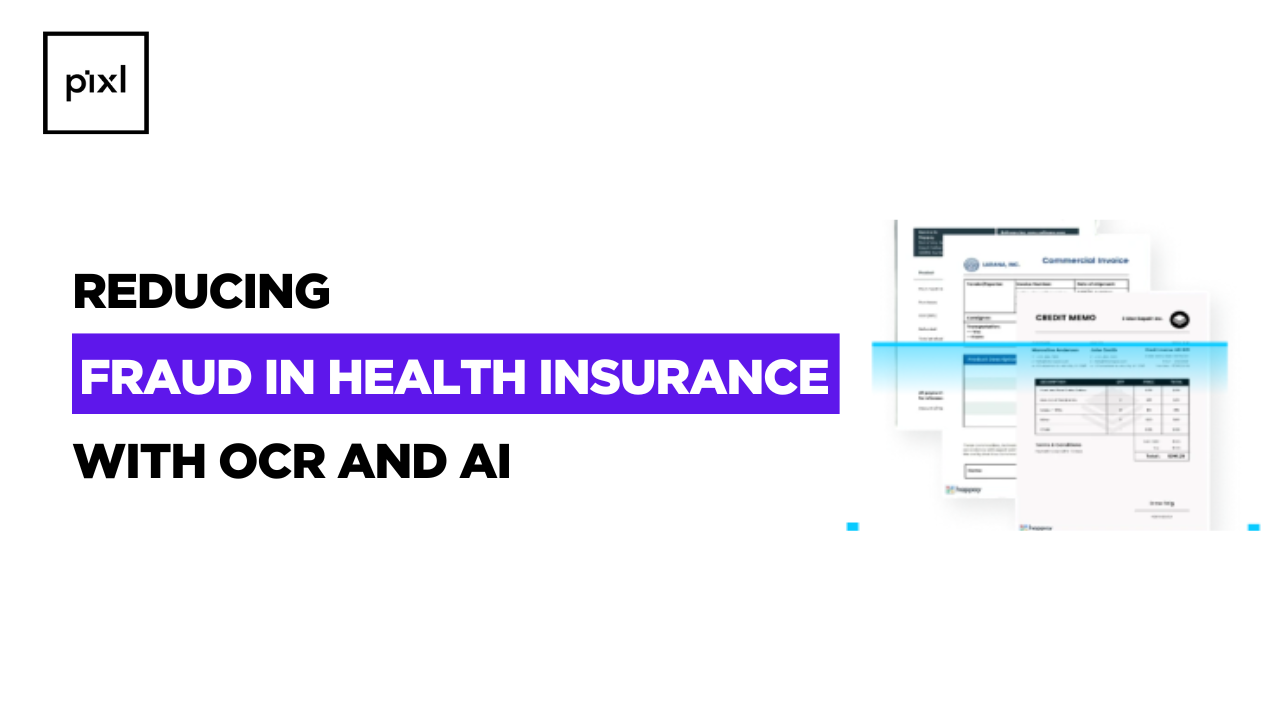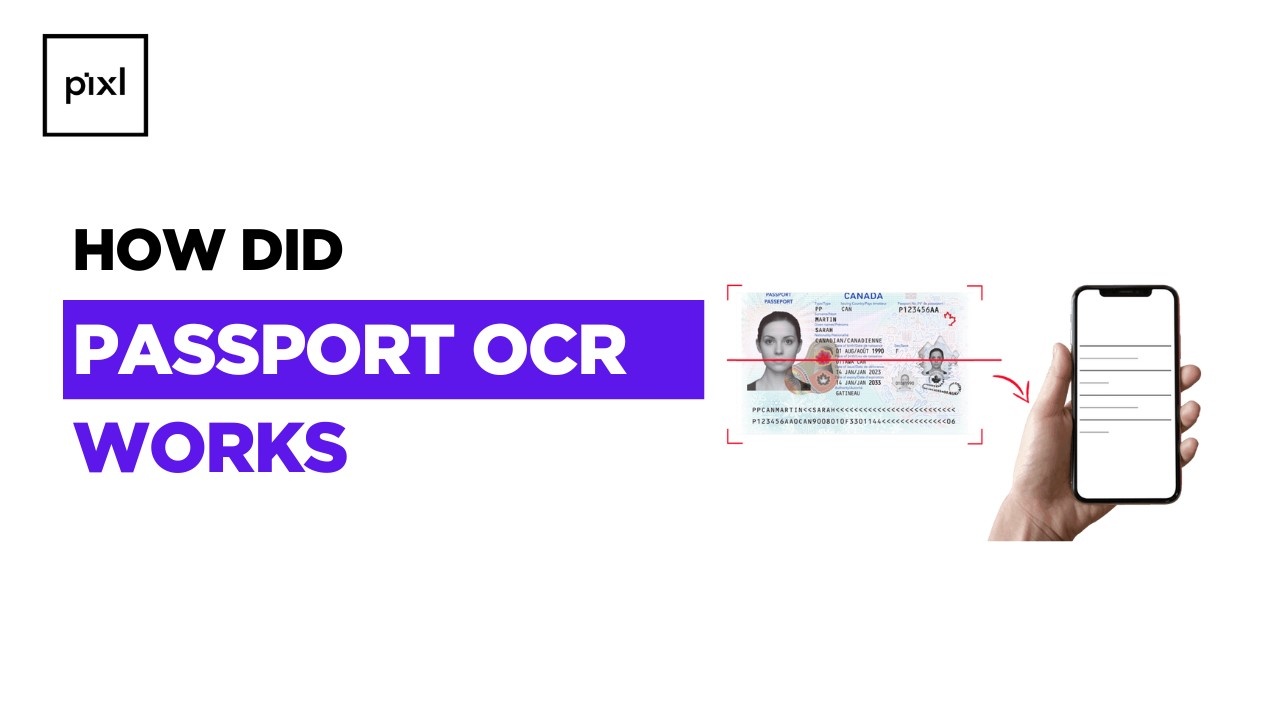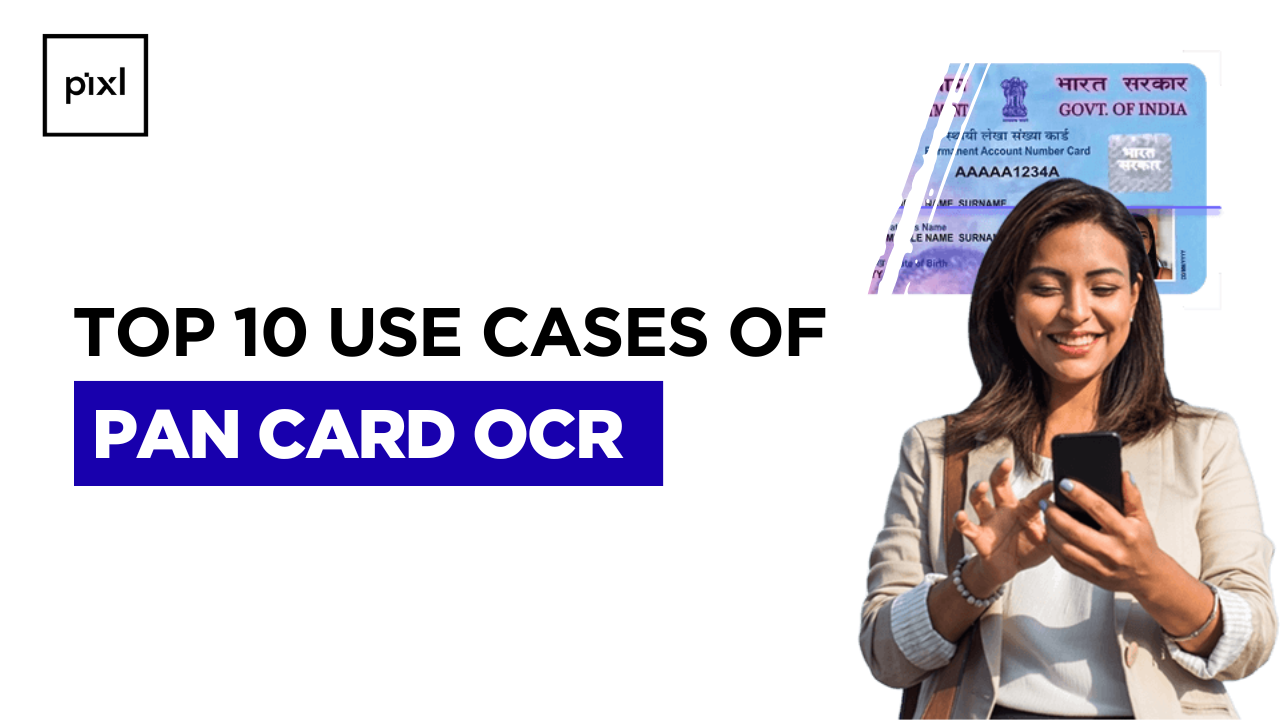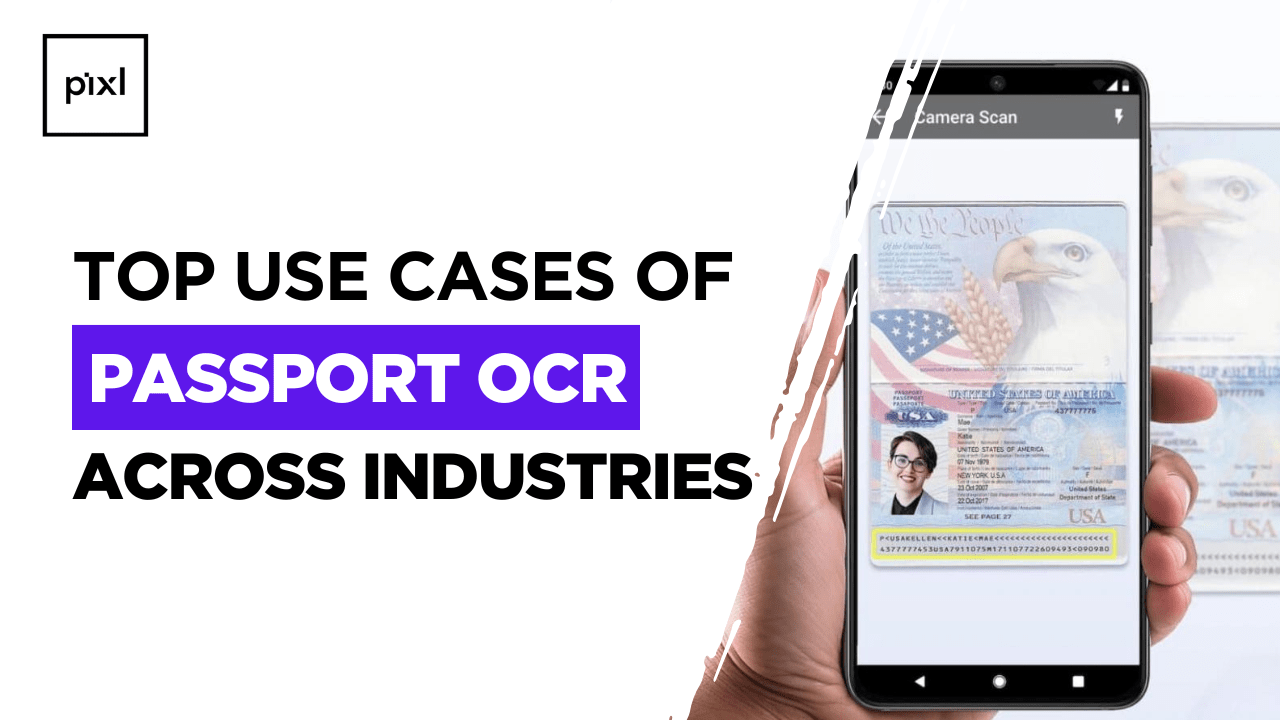Fraud has long been one of the most significant challenges facing the health insurance industry. From falsified claims and inflated medical bills to identity theft and forged documents, fraudulent activities not only cost insurers billions annually but also affect the overall quality of care and trust in the system.
Traditional manual review and verification techniques are no longer adequate due to the sophistication of fraudsters. Insurers are now looking for creative solutions that make use of cutting-edge technologies as a result of this growing concern. Optical Character Recognition (OCR) and Artificial Intelligence (AI) technologies are among the most promising tools. When combined, they provide a strong defense against fraudulent claims and activities.
This guide covers
1.Introduction to OCR &AI
2.Role of ocr in fraud detection.
3.Role of AI in Fraud Prevention
4.How Integrating OCR and AI reduce Fraud in health insurance?
5.Future of fraud prevention in health in health insurance
Understanding OCR and AI
What is OCR & Ai ?
Optical Character Recognition (OCR) is a technology that transforms printed or handwritten text from documents into machine-readable data. It uses pattern recognition, character mapping, and image processing to extract information from scanned insurance forms, identity documents, medical reports, and more.
While Artificial Intelligence (AI), on the other hand particularly machine learning, refers to algorithms and models that can learn from data, identify patterns, and make predictions.
OCR and AI Working Together
While OCR excels at extracting information, AI brings context and intelligence to the data. OCR provides structured datasets from various documents, and AI uses that data to detect fraud patterns, validate claims, and flag inconsistencies. Together, they form a comprehensive fraud prevention ecosystem, addressing both volume and complexity.
The Role of OCR in Fraud Detection
Identifying Suspicious Patterns
OCR makes it possible for insurers to swiftly scan and digitize patient data, prescriptions, invoices, and insurance claims. OCR assists in identifying discrepancies or irregularities that might indicate fraud by extracting important data points like provider names, treatment codes, dates of service, and billing amounts.
For instance, OCR has the ability to flag claims when billing patterns diverge from accepted practices or when the same treatment code appears on several patients. Without the need for manual intervention, it offers a structured basis for more in-depth analysis.
Processing Large Volumes with Accuracy
Every day, thousands of documents are frequently processed by health insurance companies. Verifying the veracity of each claim would be laborious and prone to mistakes in the absence of automation. By scanning hundreds of pages in a matter of minutes, OCR expedites this process and guarantees that the data is precisely extracted and prepared for analysis. This effectiveness enhances workflow and aids in identifying fraudulent activity that might otherwise go overlooked.
Role of AI in Fraud Prevention
How AI Detects Fraud?
To identify questionable activities, AI systems employ machine learning algorithms that have been trained on historical data. Patterns like odd billing amounts, out-of-network services, or repeated claims for the same treatment are examined by these algorithms. The system flags the claim for additional examination after anomalies are found.
Real-World Applications of AI
- Case Study 1: Preventing Duplicate Claims
An insurer implemented AI-driven fraud detection to scan claims for duplicates across multiple regions. The system flagged over 3,000 suspicious claims within weeks, resulting in savings of millions of dollars. - Case Study 2: Detecting Identity Fraud
A health provider used AI to cross-check patient information against national databases. The system identified forged identities and fraudulent applications with over 95% accuracy, strengthening both compliance and trust.
How Integrating OCR and AI reduce Fraud in health insurance?
Why Integration Matters in health insurance?
While OCR extracts and digitizes document data, AI interprets that data, recognizes patterns, and predicts fraudulent behavior. Combining the two technologies leads to a more robust fraud detection system, capable of handling both structured and unstructured information across vast datasets. Thus a best Video PD software integrates AI and OCR together for a better work flow.
What are the Benefits of the OCR-AI Partnership?
- Higher Accuracy: OCR’s precise data extraction supports AI’s advanced analytics, reducing false positives and missed fraud cases.
- Improved Efficiency: Automation accelerates processing, allowing insurers to review more claims with fewer resources.
- Real-Time Detection: Integrated systems can flag suspicious claims instantly, enabling quicker intervention and reducing financial loss.
- Scalability: As insurers expand their operations, OCR and AI systems can handle larger datasets without compromising accuracy.
Looking Ahead: The Future of Fraud Prevention in Health Insurance
What are the Emerging Trends in health insurance?
- AI-Powered Predictive Analytics: Insurers are increasingly using AI to forecast fraud risks before claims are submitted, helping preempt fraudulent activities.
- Natural Language Processing (NLP): Advanced AI tools can interpret handwritten notes, medical jargon, and conversational data, further enhancing fraud detection capabilities.
- Blockchain Integration: Secure data-sharing networks are being explored to prevent tampering and ensure transparency across insurance workflows.
Future Predictions In Health Insurance
It is anticipated that the use of AI and OCR together will become commonplace in the fight against health insurance fraud. Insurance companies will be able to detect and predict fraud thanks to ongoing improvements in machine learning models, which will result in proactive and flexible defenses. This collaboration will be essential to maintaining industry-wide efficiency, trust, and compliance as healthcare data grows.
Conclusion
Health insurance fraud is still a major problem, but technology has strong remedies. Insurers can increase the speed and accuracy of fraud prevention, identify suspicious claims, and automate data extraction by utilizing OCR and AI. Together, these technologies help reduce financial losses, ensure compliance, and improve customer trust.
Integrating OCR and AI will be crucial for insurers hoping to stay ahead of fraudsters as the industry shifts toward smarter and more secure systems. Adopting these innovations now will set the stage for future healthcare that is safer and more effective.



